Learning to Look: A Visual Response to Mavis Gallant's Fiction

Summary
Clement shows us that Gallant's fiction of the 1940s and 1950s exhibits a keen interest in perspective and proportion achieved through concentration on line, that her fiction of the 1960s and early 1970s reveals a heightened interest in composition achieved through a focus on framing, proportion, and form or shape, and that her fiction after the mid 1970s demonstrates the full realization of her art through attention to colour and light. Gallant increasingly explores the boundaries between visible and invisible worlds as the lines, shapes, and colours suggested by her allusions, analogies, and structures give her fiction the perspective, proportion, density, and fluidity that illuminate the printed page and challenge us as readers. Alert to visual cues in Gallant's fiction we acquire a heightened perception of the manifold richness of worlds and lives that might otherwise have been relegated to the unseen and unsung.
Similar Books
-
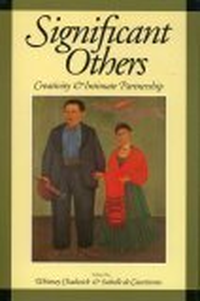 Significant Others: Creativity and Intimate Partnership
Significant Others: Creativity and Intimate Partnershipby Whitney Chadwick
-
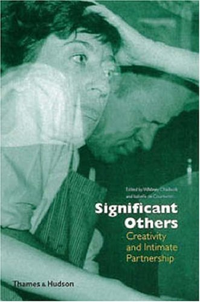 Significant Others: Creativity & Intimate Partnership
Significant Others: Creativity & Intimate Partnershipby Whitney Chadwick
-
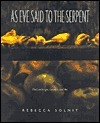 As Eve Said to the Serpent: On Landscape, Gender, and Art
As Eve Said to the Serpent: On Landscape, Gender, and Artby Rebecca Solnit
-
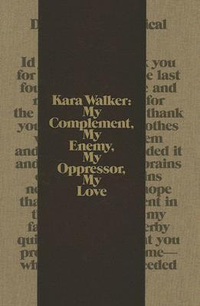 Kara Walker: My Complement, My Enemy, My Oppressor, My Love
Kara Walker: My Complement, My Enemy, My Oppressor, My Loveby Philippe Vergne
-
 The Tears of Things: Melancholy and Physical Objects
The Tears of Things: Melancholy and Physical Objectsby Peter Schwenger
-
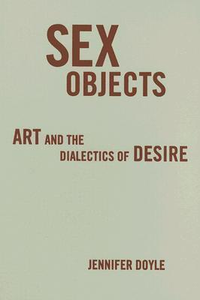 Sex Objects: Art And The Dialectics Of Desire
Sex Objects: Art And The Dialectics Of Desireby Jennifer Doyle
-
 Desire for a Beginning/Dread of One Single End
Desire for a Beginning/Dread of One Single Endby Edmond Jabès
-
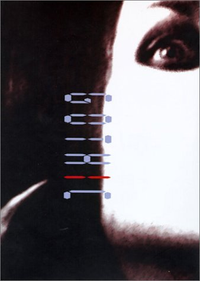 Gothic: Transmutations of Horror in Late Twentieth Century Art
Gothic: Transmutations of Horror in Late Twentieth Century Artby Christoph Grunenberg
-
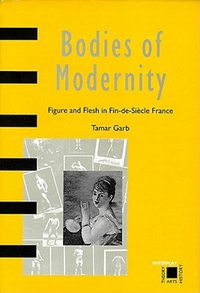
-

-
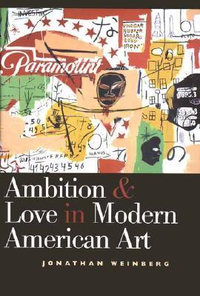 Ambition and Love in Modern American Art
Ambition and Love in Modern American Artby Jonathan Weinberg
-
 Contemporary Arab Women's Art: Dialogues of the Present
Contemporary Arab Women's Art: Dialogues of the Presentby Fran Lloyd
-
 Intimate Encounters
Intimate Encountersby Richard Rand
-
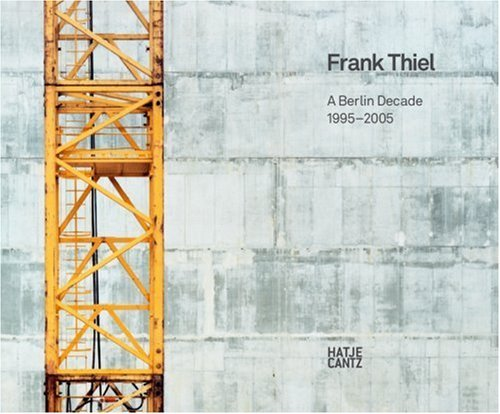 A Berlin Decade 1995-2005
A Berlin Decade 1995-2005by Frank Thiel
-
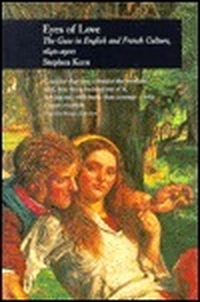
-
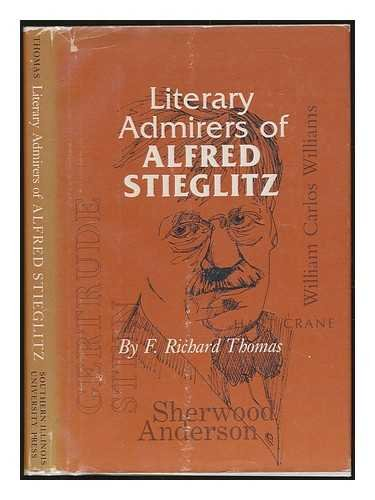 Literary Admirers of Alfred Stieglitz
Literary Admirers of Alfred Stieglitzby F. Richard Thomas
-
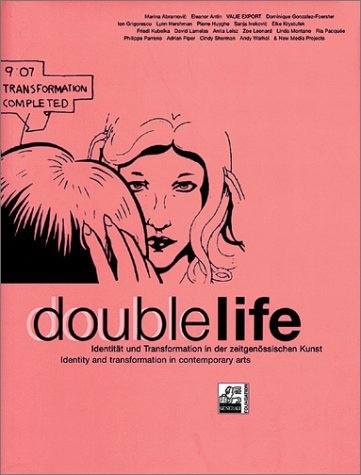 Double Life: Identity and Transformation in Contemporary Art
Double Life: Identity and Transformation in Contemporary Artby Valie Export
-

-
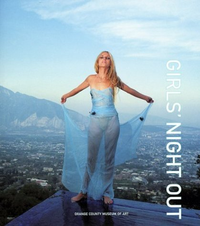 Girls' Night Out
Girls' Night Outby Eija-Liisa Ahtila